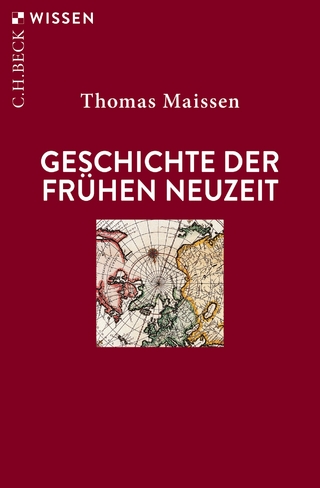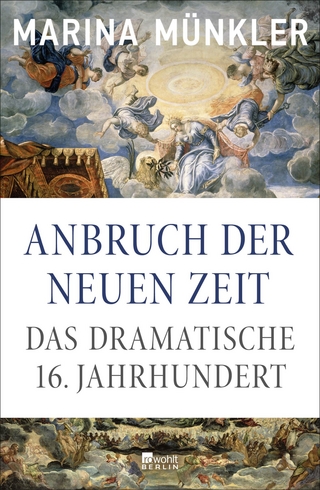
The History of College Affordability in the United States from Colonial Times to the Cold War
Seiten
2020
Lexington Books (Verlag)
978-1-4985-8843-0 (ISBN)
Lexington Books (Verlag)
978-1-4985-8843-0 (ISBN)
This book traces the history of college costs from the Colonial Era to the early years of the Cold War. The author examines the normalization of tuition, scholarships, and student loans.
This book examines how tuition and student loans became an accepted part of college costs in the first half of the twentieth century. The author argues that college was largely free to nineteenth-century college students since local and religious communities, donors, and the state agreed to pay the tuition bill in the expectation that the students would serve society upon graduation. College education was essentially considered a public good. This arrangement ended after 1900. The increasing secularization and professionalization of college education as well as changes in the socio-economic composition of the student body—which included more and more students from well-off families—caused educators, college administrators, and donors to argue that students pursued a college degree for their own advancement and therefore should be made to pay for it. Students were expected to pay tuition themselves and to take out student loans in order to fund their education.
This book examines how tuition and student loans became an accepted part of college costs in the first half of the twentieth century. The author argues that college was largely free to nineteenth-century college students since local and religious communities, donors, and the state agreed to pay the tuition bill in the expectation that the students would serve society upon graduation. College education was essentially considered a public good. This arrangement ended after 1900. The increasing secularization and professionalization of college education as well as changes in the socio-economic composition of the student body—which included more and more students from well-off families—caused educators, college administrators, and donors to argue that students pursued a college degree for their own advancement and therefore should be made to pay for it. Students were expected to pay tuition themselves and to take out student loans in order to fund their education.
Thomas Adam is associate professor and associate director of the International and Global Studies Program at the University of Arkansas.
Part I: College Education as a Public Good
Chapter One: Tuition, Tuition Waivers, and Living Expenses
Chapter Two: Scholarship Endowments: Memorializing Donors, and Shaping Student Bodies
Chapter Three: State, City, and Church Scholarship Programs: From Training Teachers and Ministers to the Shaping of the States’ Economies
Part II: College Education as a Personal Pursuit
Chapter Four: Making Rich College Students Pay Tuition
Chapter Five: Expanding Scholarship Support for Students in Need
Chapter Six: Student Loan Funds: From Marginal Funding Tool to Mainstream Acceptance
| Erscheinungsdatum | 10.05.2021 |
|---|---|
| Verlagsort | Lanham, MD |
| Sprache | englisch |
| Maße | 161 x 228 mm |
| Gewicht | 494 g |
| Themenwelt | Geschichte ► Allgemeine Geschichte ► Neuzeit (bis 1918) |
| Sozialwissenschaften ► Pädagogik ► Allgemeines / Lexika | |
| Sozialwissenschaften ► Pädagogik ► Bildungstheorie | |
| Sozialwissenschaften ► Pädagogik ► Erwachsenenbildung | |
| Sozialwissenschaften ► Soziologie ► Makrosoziologie | |
| ISBN-10 | 1-4985-8843-3 / 1498588433 |
| ISBN-13 | 978-1-4985-8843-0 / 9781498588430 |
| Zustand | Neuware |
| Informationen gemäß Produktsicherheitsverordnung (GPSR) | |
| Haben Sie eine Frage zum Produkt? |
Mehr entdecken
aus dem Bereich
aus dem Bereich
Giordano Bruno - ein ketzerisches Leben
Buch | Hardcover (2024)
C.H.Beck (Verlag)
29,90 €
das dramatische 16. Jahrhundert
Buch | Hardcover (2024)
Rowohlt Berlin (Verlag)
34,00 €


